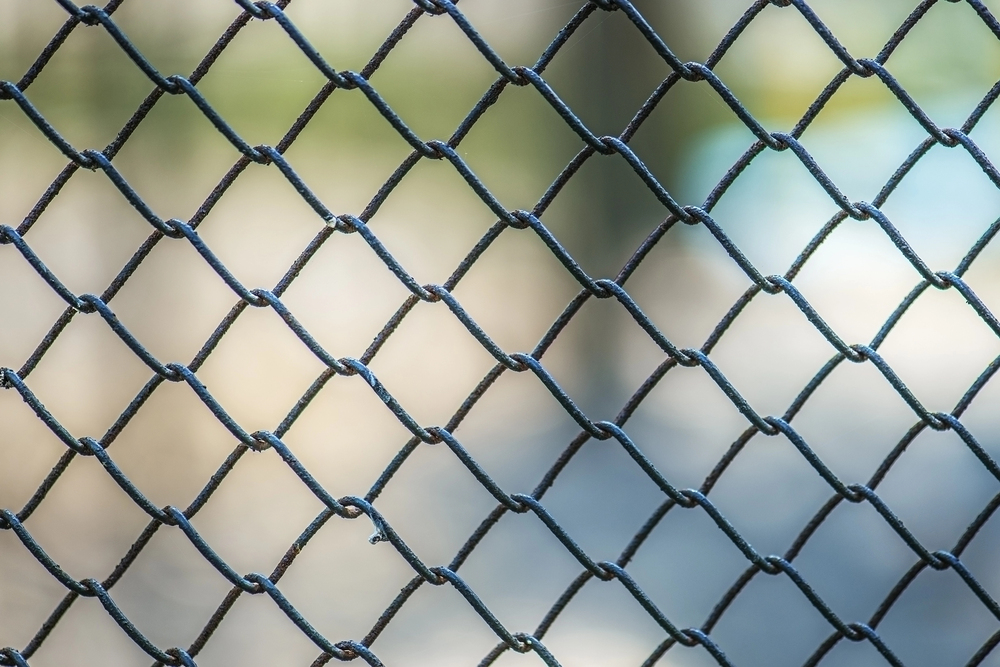
When Academy of Art University announced its Master of Arts in Artificial Intelligence Design program, it was not making a speculative bet on the future. It was answering a call from the present. The debate was never whether to integrate AI into art education, but how to do it without losing what makes human creativity irreplaceable.
The Foundation Before the Tool
At the core of the Academy’s approach lies a simple but demanding principle: AI can only enhance creativity when artists understand the fundamentals first. If a designer does not grasp lighting, color theory, or composition, no algorithm can fill that gap. The Academy insists that students must first learn to see and develop the “artist’s eye” that allows them to understand why an image succeeds or fails.
This philosophy plays out daily across the university’s 22 departments. Students still spend hours mastering the essentials such as typography, visual storytelling, and the mechanics of form and balance, before they ever touch an AI interface in art education. The idea is that only through this foundation can artists evaluate AI-generated results with discernment. An untrained eye might accept an image at face value, while an artist trained at the Academy will notice when a figure’s proportions are off or when light falls unnaturally across a surface.
Dr. Elisa Stephens, president of Academy of Art University, describes the institution’s responsibility in clear terms: “We would be remiss as educators if we didn’t broaden our curriculum to include generative AI in ways that are efficient, productive, and responsible.”
The Draft, Not the Destination
Perhaps the Academy’s most significant lesson is philosophical. AI is a tool for ideation, not completion. Students are encouraged to treat AI outputs as rough drafts, storyboards, or concept sketches—the digital equivalent of magazine cutouts pinned to an inspiration wall.
The school’s faculty frame AI as an extension of traditional creative exploration rather than a replacement for it. A model may generate images in seconds, but refining those images into art still requires the deliberate, interpretive labor of the artist. As Stephens explains, “AI should function like a sketchbook or prototype. Creating final art or design in any medium still demands the trained judgment that comes from years of study—formal, foundational, and future-focused.”
Resistance and Reality
Not every student arrives eager to embrace AI. Many voice concerns about ethics, originality, or the risk of technology eclipsing human expression. The Academy acknowledges these anxieties head-on, positioning AI as a medium to be understood, not a mandate to adopt.
Faculty remind students that learning a new technology does not require allegiance to it, but refusing to learn it narrows professional options. With an estimated 70 percent of employers now favoring candidates with AI literacy, the Academy sees its role as both pragmatic and principled: ensuring graduates remain competitive without compromising artistic integrity.
Ethics Built In, Not Bolted On
Ethics are not treated as an afterthought; they are built into every assignment. Students are required to cite AI use in both written and visual work, and failure to do so results in academic penalties. The rule is straightforward: using AI in art education without proper acknowledgment constitutes plagiarism, no different from copying another artist’s work.
The Academy also engages students in deeper discussions about the origins of AI training data, much of which includes copyrighted material scraped from the web. Rather than ignoring these issues, courses encourage students to treat AI outputs as inspiration rather than appropriation, raw material to be transformed rather than replicated.
The Long Game
Academy of Art University now offers more than 17 AI-focused courses across undergraduate and graduate programs, ranging from open-enrollment introductions like AI for Everyone to advanced seminars on design integration. Faculty are also encouraged to audit courses each semester, ensuring they remain fluent in the rapidly evolving tools shaping professional creative practice.
The Academy’s vision is clear: tomorrow’s artists must be fluent in both tradition and technology. As Stephens summarizes, “Our mission is to give students the best chance of success after graduation. Whether or not they choose to use AI in their creative work, they will leave the Academy of Art University prepared to make that decision with confidence.”
In an industry where the only constant is change, perhaps the most valuable skill is not mastering any single tool, but cultivating the judgment to know when and how to use it.
Find a Home-Based Business to Start-Up >>> Hundreds of Business Listings.














































